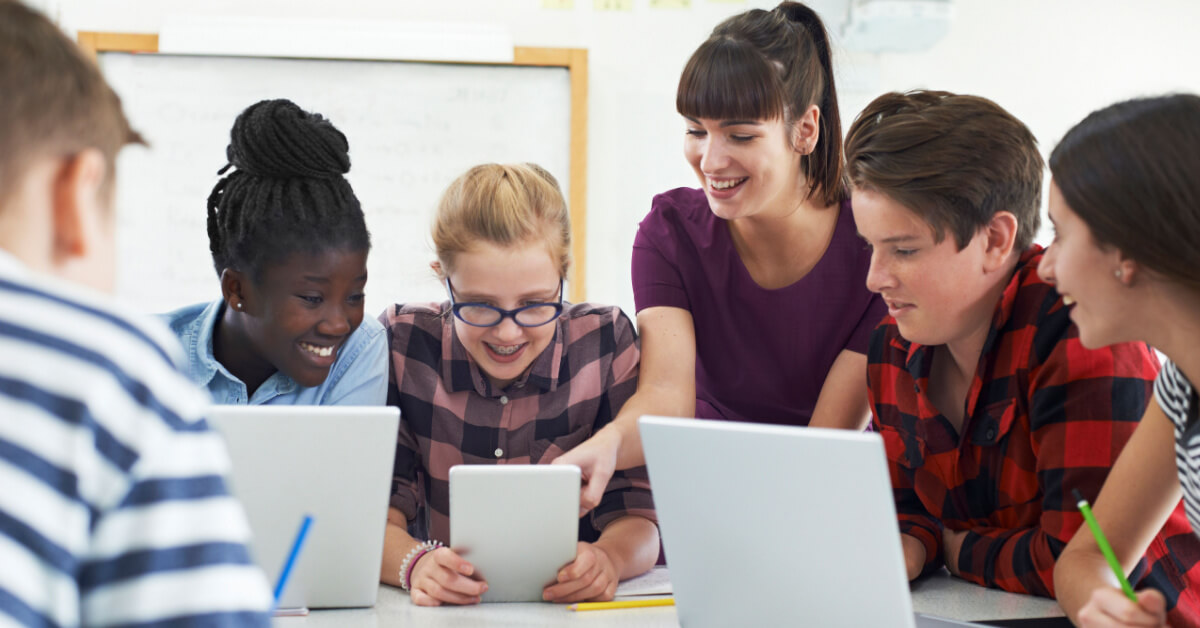June 22, 2023
In a previous article, “Are These the Skills and Values You Are Looking For?”, we introduced the values that the Learning-Educational Agile Framework was built on, explained why we hold them dear, and feel they are critical to improving our education systems. In this article, we dive deeper into one of those values and explore the ”How” and “Why” of educational agility, specifically the pillar of Student Agility, collaboration.
Collaboration is a cornerstone value of agility because it exposes students to opportunities that allow them to practice being open to different ideas and viewpoints, and it encourages them to explore ways of working with a diverse team that is aligned with a common goal and shared outcomes. In this article, we will explore how collaboration helps students to develop these important skills and why they are essential for success in life.
Today’s digital economy thrives through high-functioning teams, which is to say individuals skilled in collaboration. This means collaboration is essential in the modern professional world and in life. With technology and communication making it easier for distributed teams to work together, students need to learn how to work with others effectively. By collaborating with others,…


